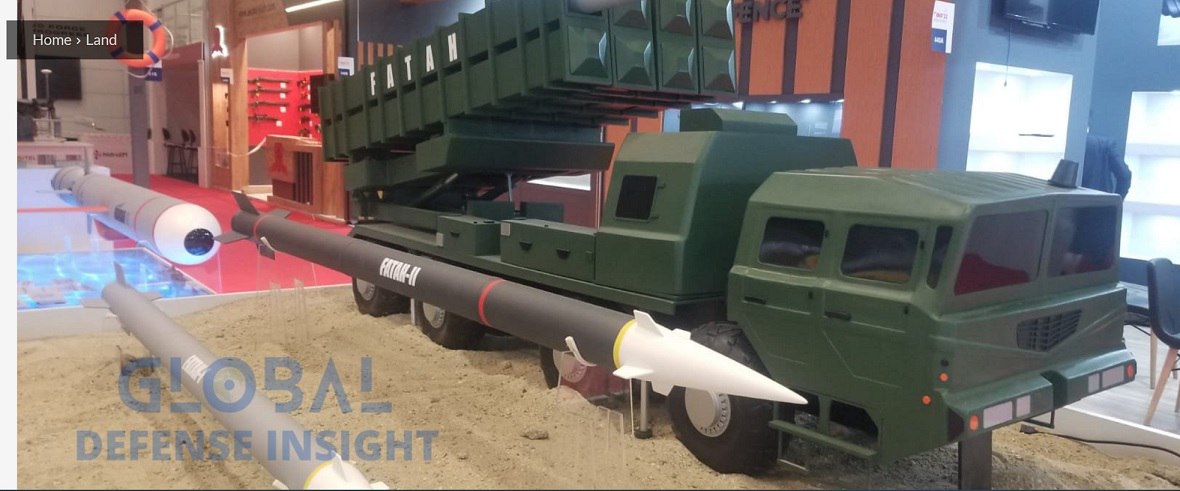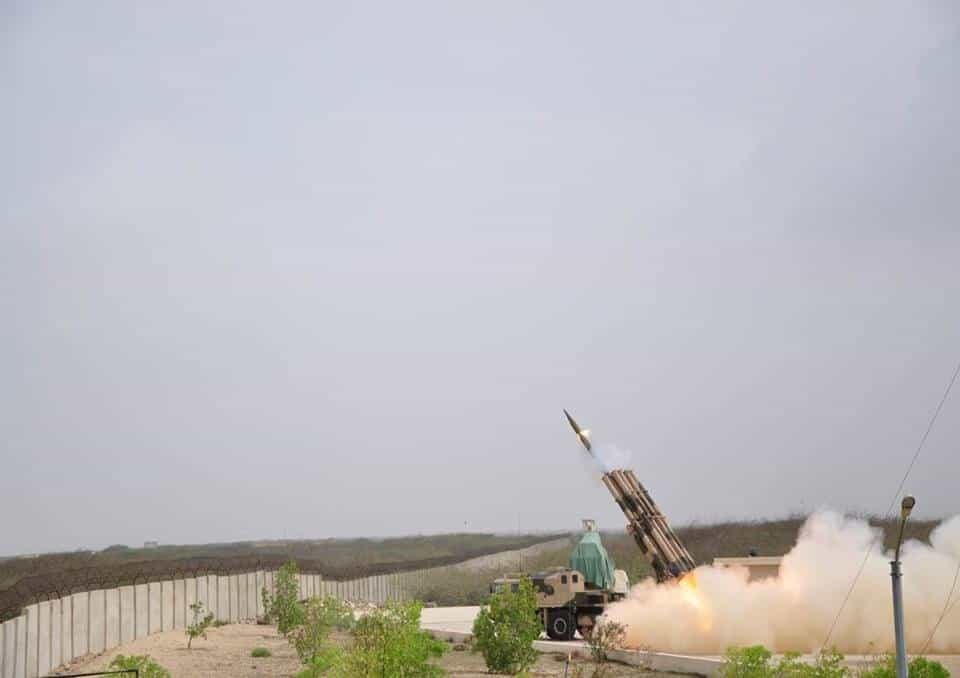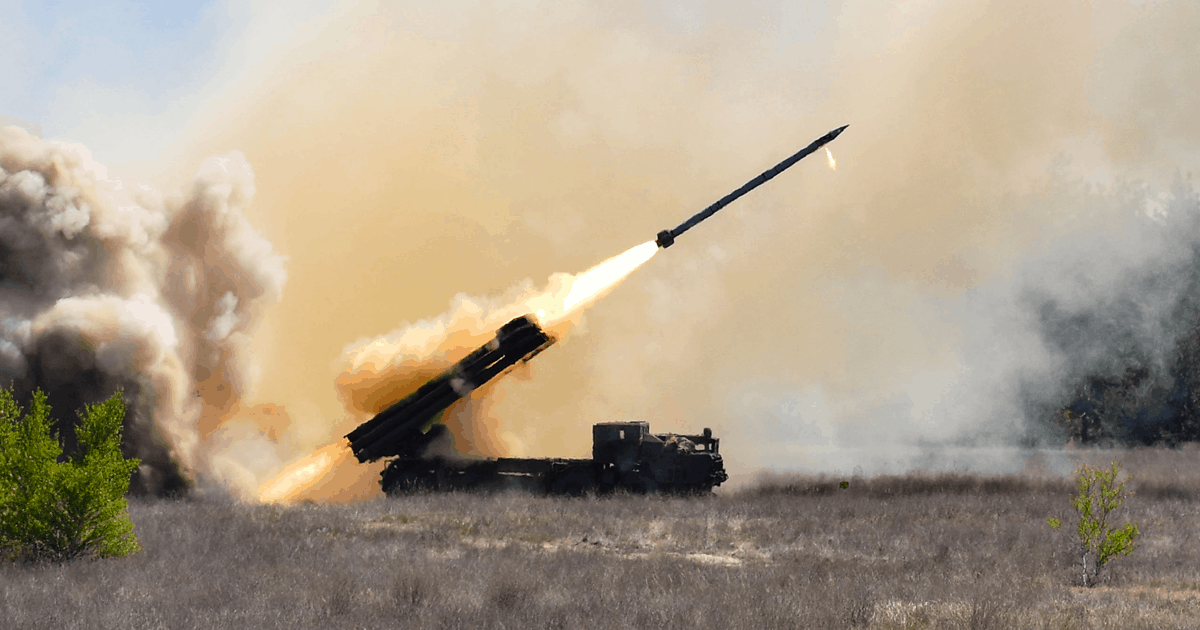
Pakistan has introduced Fatah-1 and Fatah-2 guided multiple-launch rocket systems. These are analogs of Ukrainian Vilkha and American GMLRS.
Global defense insight published the news.
The Pakistani Global Industrial & Defense Solutions (GIDS) state-owned defense conglomerate demonstrated its guided rockets for FATAH-1 and FATAH-2 MLRS at the IDEF-2023 exhibition in Turkey.
FATAH-1 is a guided rocket capable of striking targets at a distance of up to 140 km. Its circular error probability is less than 50 meters due to an integrated inertial guidance system with satellite signal adjustment.
The presented prototype of a FATAH-2 high-precision rocket is still under development. The design’s range is 170 km, and its circular error probability is less than 10 meters.
The Pakistani FATAH missile system is the further development of the Chinese А-100 MLRS, which in turn is a reverse-engineered copy of the Soviet BM-30 Smerch 300mm MRL.

In addition to the presented prototype of the new rocket, another important innovation of the Pakistani rocket system was the transition from the use of tubes (as in the Soviet system) to launch from disposable containers. This approach greatly simplifies operation and reduces the reloading speed of the system.
This system was first presented to the general public in January 2021, when the fire tests of the system and its Fatah-1 rocket were started.
Having common Soviet roots, Pakistani and Ukrainian 300mm guided rockets have similar performance characteristics.
Thus, the Vilkha rocket series is currently represented by a single-name rocket (R624) with a 250-kilogram warhead and a maximum range of 70 kilometers. It is stated that the rocket’s circular error probability is 7 meters, which is executed due to the inertial guidance system with GPS adjustment.
Unlike the Pakistani project, the Ukrainian rocket system still employs the old Soviet approach of using tubes. This decision is explained by the unification of ammunition with numerous BM-30 Smerch systems in service with the Armed Forces of Ukraine.

Also, tests of the new Vilkha-M version with a warhead reduced to 170 kg and a range of 110 km were conducted at the time of the Russian invasion of Ukraine.
In March of this year, Militarnyi published a statement by Ivan Vinnyk, Deputy Chairman of the National Association of Ukrainian Defense Industries, in which he announced the test of Vilkha-М1 rockets with a range of up to 150 km when using the same 170 kg warhead.
The project of further development of a missile called Vilkha-М2 with an increased range of 200 km due to the use of new fuel with more power is also reported.
Підтримати нас можна через:
Приват: 5169 3351 0164 7408
PayPal - paypal@mil.in.ua
Стати нашим патроном за лінком ⬇
Subscribe to our newsletter
or on ours Telegram
Thank you!!
You are subscribed to our newsletter